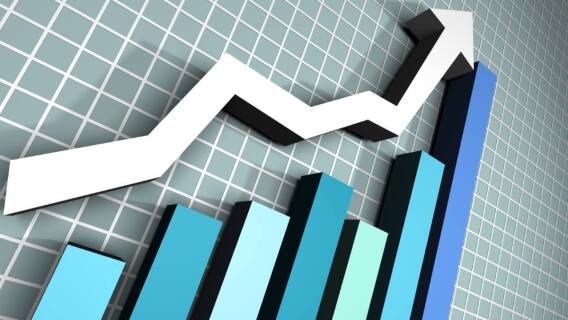It’s a common opinion that the stock market is way overvalued right now. That’s a reasonable conclusion. After all, the S&P 500 is up about 20% just since the beginning of November and has soared a staggering 72% from the low of last March. And we are still in a lockdown-hobbled economy.
And yet, despite the continuing lockdown restrictions and political acrimony, the market indexes have been making an incessant series of new all-time highs for months now. This market is starting to look like that red-shirted, never-before-seen character on a Star Trek episode that beams down to check out the interesting planet with Kirk and Spock. You just know it’s dead meat.
Investors are anticipating a full recovery later this year, ushered in by the vaccine and the removal of remaining lockdowns and restrictions. On the basis of that uncertain and optimistic outlook, the S&P 500 is currently priced at 32 times the average price to earnings ratio. History indicates that a market this highly priced has one foot on a severe correction and the other foot on a pile of K-Y Jelly.
[text_ad]
But stocks may not be nearly as overvalued as most believe.
The Stock Market isn’t that Overvalued
Sure, a market P/E ratio of 32 is nose-bleed territory, and it can’t last. But that number is based on trailing earnings, which include a very temporary state of pandemic lockdowns and some of the worst economic quarters in history. A look beyond the past outlier year paints a more accurate picture.
The economy is already roaring back. So far, reported fourth-quarter earnings are averaging 1.7% growth over last year’s pre-pandemic fourth quarter. Companies are already making more money than before this virus nightmare, and the recovery still has one arm tied behind its back. Forward earnings for the S&P 500, based on estimates for the current year, are an average of 22 times, just slightly above the average market valuation of 20 times over the past 30 years.
And that 22 times number might be inflated.
First of all, estimates are just guesses. And these Wall Street, chic-to-be-pessimistic types have underestimated economic resilience and corporate earnings at every single turn of the recovery so far. It is highly likely that they remain true to form and end up low-balling earnings for this year. Such a likely occurrence would reduce the current forward earnings projections, perhaps even below the historical averages.
Plus, valuations are relative. Today’s microscopic interest rates justify higher stock valuations than the historical average. After all, money has no place else to go but stocks to fetch a decent return. The benchmark 10-year U.S. Treasury bond yield is currently a measly 1.15%. Sure, investors could always get spooked at some point. But fear always wanes. And when it does, investors will fall right back into the arms of the stock market.
The market tends to anticipate and look six to nine months into the future. By then, it sees a full recovery as the remaining shackles come off the economy. It will be an environment with the best GDP growth in decades, a market drowning in trillions of dollars in stimulus money, and record-low interest rates. That’s like Christmas morning for the stock market, at least for now.
Could the market pull back after rising so far so fast? Of course it could. And it probably will. But any such selloff will likely be temporary ahead of what is one of the most promising market environments ever for the rest of the year.
[author_ad]


